In recent months, Non-Fungible Tokens (NFTs) have swept the globe, especially in the art world. NFTs offer a means of confirming the ownership and validity of digital art, possibly upending the established art market. The rise of NFTs and their potential to upend the art industry will be discussed in this article.
NFTs Explained
Unique digital tokens known as NFTs are kept on a blockchain. NFTs are not interchangeable, which implies that each NFT is distinct and cannot be swapped for another NFT or for another kind of cryptocurrency, in contrast to conventional cryptocurrencies like Bitcoin. NFTs can be used to confirm the ownership and veracity of digital assets, including music, videos, and other types of media.
NFTs' Growing Influence in the Art World
In the field of art, NFTs have become wildly popular, especially in the market for digital art. Due to its ease of distribution and copying, digital art has historically been challenging to sell because it is hard to establish ownership and originality. NFTs offer a solution to this issue by establishing a clear and safe method to confirm the ownership of digital art.
The 'The First 5000 Days' by Beeple, which sold for $69 million at a Christie's auction in March 2021, was the first significant sale of an NFT piece. This auction served as a turning point for NFTs in the art world by highlighting their potential to fundamentally alter how we acquire and exchange works of art.
NFTs are also being used to develop new artist business models. NFTs give artists a previously impractical opportunity to make money off of their digital works. Artists can make money by selling NFTs while still maintaining ownership and control over the original work.
Possible Upheaval in the Art World
The emergence of NFTs has the potential to cause multiple disruptions in the traditional art sector. First, NFTs might offer an easier and more egalitarian means to buy and sell works of art. Traditional art markets have come under fire for being unregulated and controlled by a select few powerful collectors and dealers. NFTs may offer artists a more open and accessible approach to market their products directly to fans and collectors.
Second, NFTs might develop new more egalitarian and long-lasting financial models for artists. Artists frequently struggle to support themselves through their work in traditional art marketplaces since they only receive a small portion of the selling proceeds. Through NFTs, artists can bypass conventional art markets and sell their creations directly to collectors and fans, potentially earning a larger cut of the sale price.
Third, NFTs may open up new ways for collectors to purchase works of art. Due to the limitations of traditional art markets, only a select number of wealthy collectors with access to upscale galleries and auction houses have been able to invest in works of art. NFTs give collectors a more open and democratic approach to investing in works of art, potentially fostering a more lively and diverse art market.
Limitations and Obstacles
Although NFTs have the potential to upend the established art world, there are obstacles and restrictions that must be overcome. The effects of NFTs on the environment are among the major difficulties. NFTs are kept on a blockchain, which uses a lot of energy to keep up with. NFTs' potential to have an adverse effect on the environment and accelerate climate change has drawn criticism.
The potential for NFTs to produce a brand-new form of digital divide is another drawback. NFTs have the potential to open up new doors for artists and collectors, but there is a chance that they could exacerbate the power disparities already present in the art industry. A new type of inequity in the art world may emerge for those artists who lack the tools and networks required to produce and market NFTs.
Last but not least, there are issues with the legitimacy and ownership of NFTs. NFTs offer a mechanism to confirm the ownership and legitimacy of digital assets, although fraud and deception are still possible. In order to safeguard buyers and sellers from fraudulent conduct, there will need to be more regulation and control as the market for NFTs expands.
The Role of NFTs in the Future of Art
The emergence of NFTs has generated a fresh surge of innovation in the art world, and it is quite likely that they will upend established art markets. To solve NFTs' difficulties and limitations and make sure that their use may be fair and sustainable, there is still a lot of work to be done.
The use of NFTs in the art industry will likely continue to be explored in the future. NFTs will continue to be used in novel ways by collectors and artists to buy and sell works of art, developing new business models and opportunities for artists.
As governments and business associations attempt to address concerns about fraud, authenticity, and environmental effect, we can also anticipate more regulation and control of the NFT market. Greater accountability and transparency will be required as the market for NFTs expands in order to protect buyers and sellers.
NFT Art VS the Art Industry: Are There Even Grounds for a Debate?
The rise of NFTs in the art world has been a hot topic in recent years. The NFT industry has been hailed by some as a revolution in the art world, with the potential to democratize ownership and increase access to art. However, despite the industry's attempts to revolutionize art, it is important to remember that art will always be art, and there is little overlap between traditional art forms, such as paintings, sculptures and digital art.
One of the main criticisms of NFTs is that they are simply a way for people to profit off of digital content, without any real value or artistic merit. While it is true that some NFTs are purely speculative investments, there are also many examples of digital art that are both innovative and visually stunning. However, it is important to remember that digital art is fundamentally different from traditional art forms, and it is not necessarily fair or accurate to compare the two.
Traditional art forms, such as painting and sculpture, have been around for centuries, and they are deeply rooted in cultural and historical contexts. These art forms are often created using physical materials, and they have a tangible presence that cannot be replicated by digital art. Additionally, traditional art forms have a long-standing tradition of being collected, exhibited, and studied, and they have a cultural significance that also cannot be replicated by digital art.
On the other hand, digital art is a relatively new form of artistic expression that is still in the process of being defined. Digital art can be created using a wide range of tools and techniques, and it often blurs the lines between different artistic disciplines, such as graphic design, animation, and video production. While digital art is certainly innovative and visually stunning, it is fundamentally different from traditional art forms.
Despite these differences, there are certainly some overlaps between traditional art forms and digital art. For example, both types of art can be used to express complex emotions and ideas, and both can be appreciated for their aesthetic qualities. However, it is important to remember that these similarities are superficial and that traditional art forms and digital art are fundamentally different.
While digital art is certainly innovative and visually stunning, it is not necessarily fair or accurate to compare it to traditional art forms, which have a long-standing cultural and historical significance. Ultimately, the value of art is in the eye of the beholder, and each individual must decide for themselves what they find valuable and meaningful.
Conclusion
By introducing a more democratic, approachable, and sustainable method of purchasing and selling art, the growth of NFTs has the potential to upend the conventional art market. NFTs give artists and collectors new opportunities by making it possible to confirm the ownership and validity of digital materials.
The environmental impact of NFTs, the possibility of a new digital divide in the field of art, and the danger of fraud and deception are just a few of the issues and restrictions that need to be addressed.
As artists and collectors explore new applications for this technology, we can anticipate further NFT experimentation in the art world. To make sure that NFTs are utilized in a way that is fair, transparent, and sustainable, there will need to be more regulation and control as the market for them expands.
This article was written by Finance Magnates Staff at www.financemagnates.com.
You can get bonuses upto $100 FREE BONUS when you:
💰 Install these recommended apps:
💲 SocialGood - 100% Crypto Back on Everyday Shopping
💲 xPortal - The DeFi For The Next Billion
💲 CryptoTab Browser - Lightweight, fast, and ready to mine!
💰 Register on these recommended exchanges:
🟡 Binance🟡 Bitfinex🟡 Bitmart🟡 Bittrex🟡 Bitget
🟡 CoinEx🟡 Crypto.com🟡 Gate.io🟡 Huobi🟡 Kucoin.
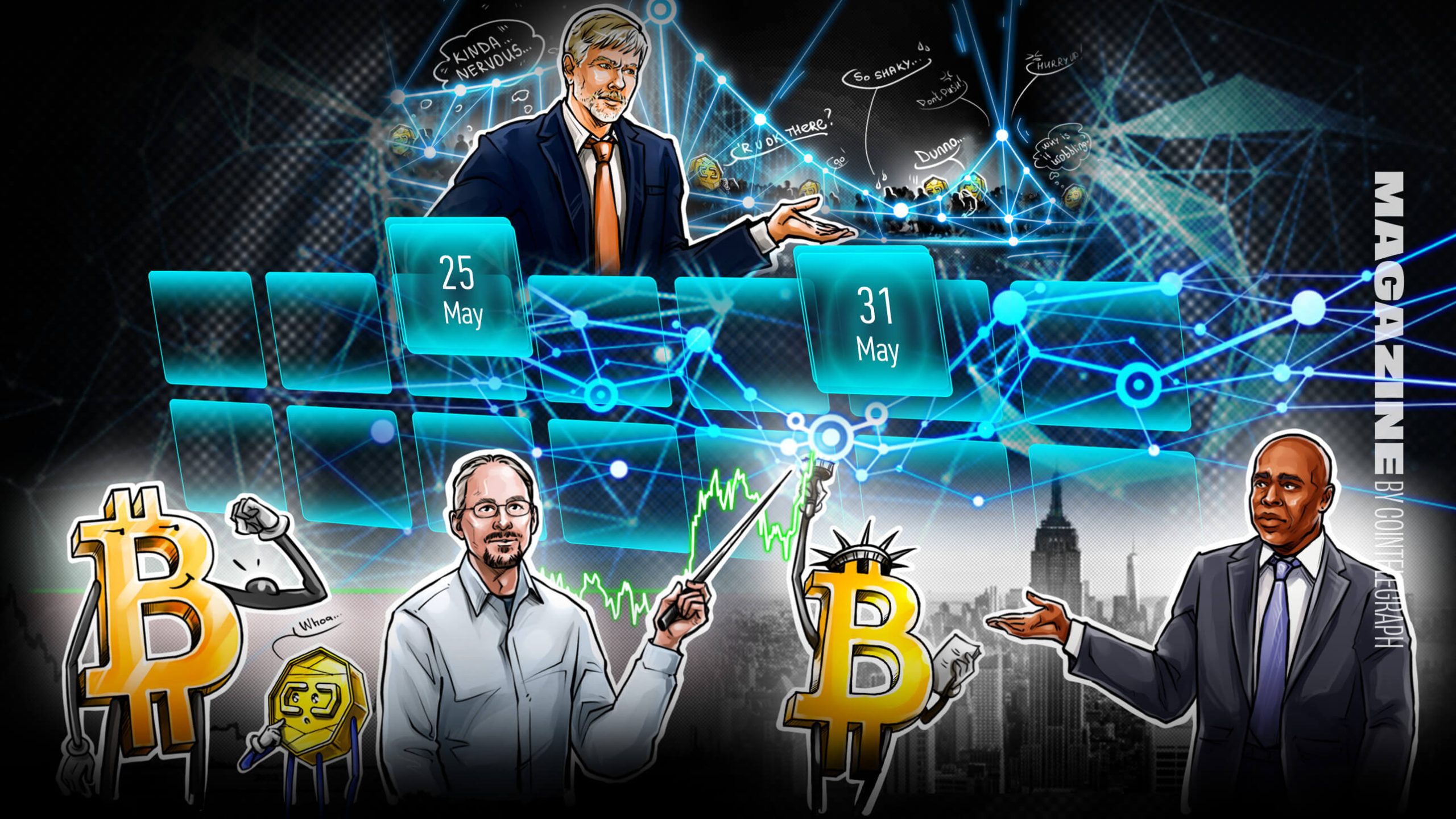

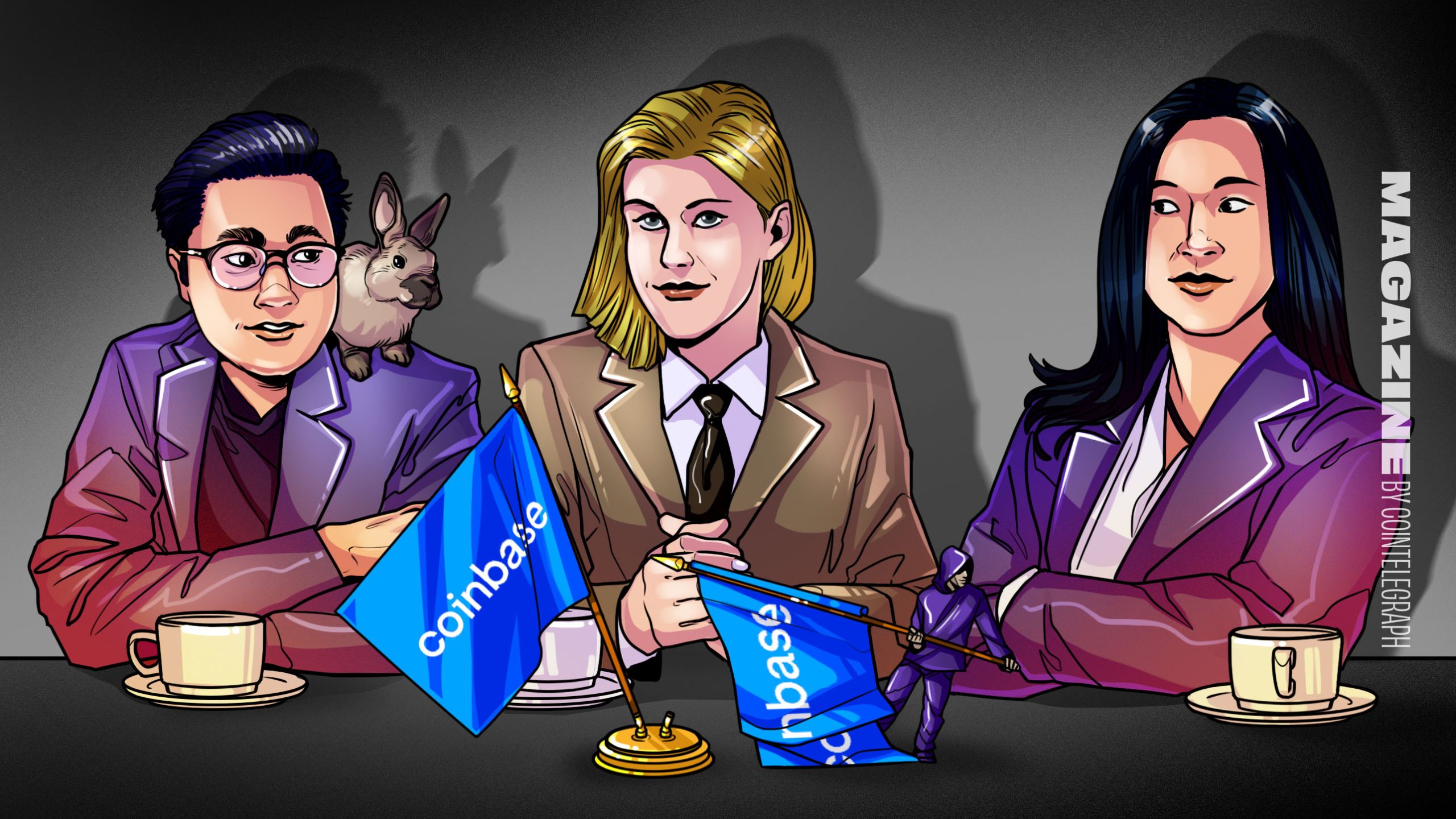
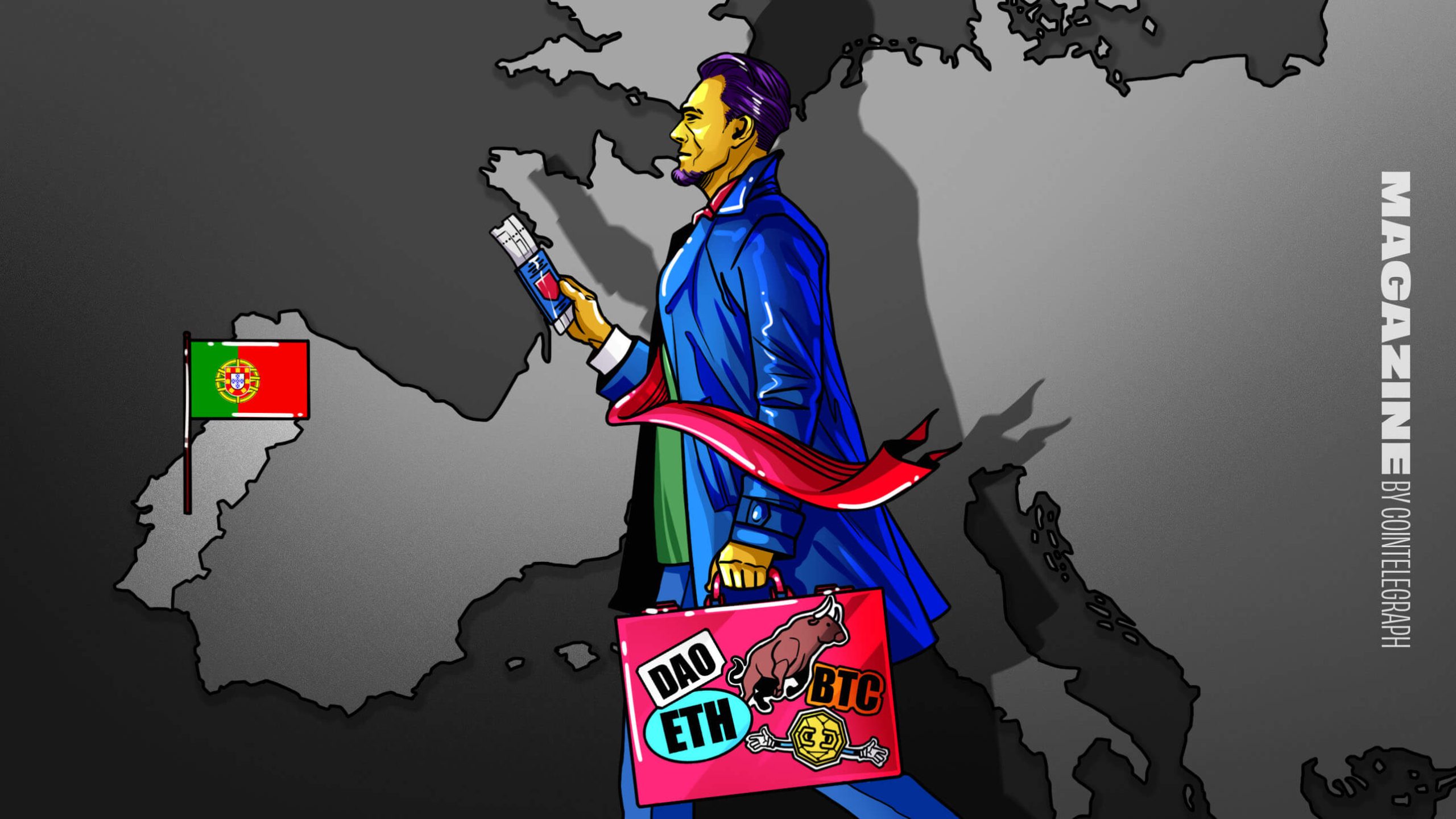

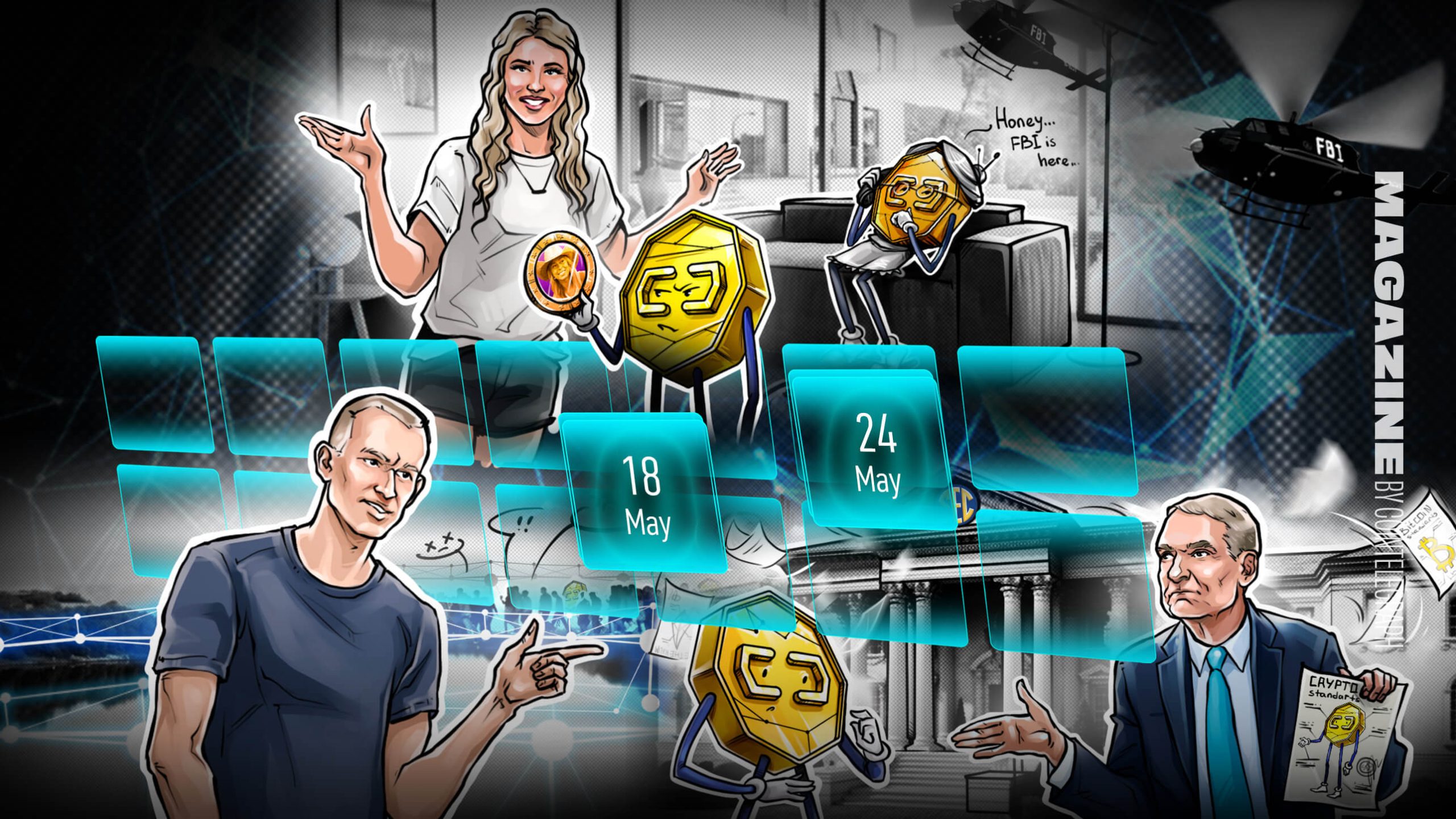

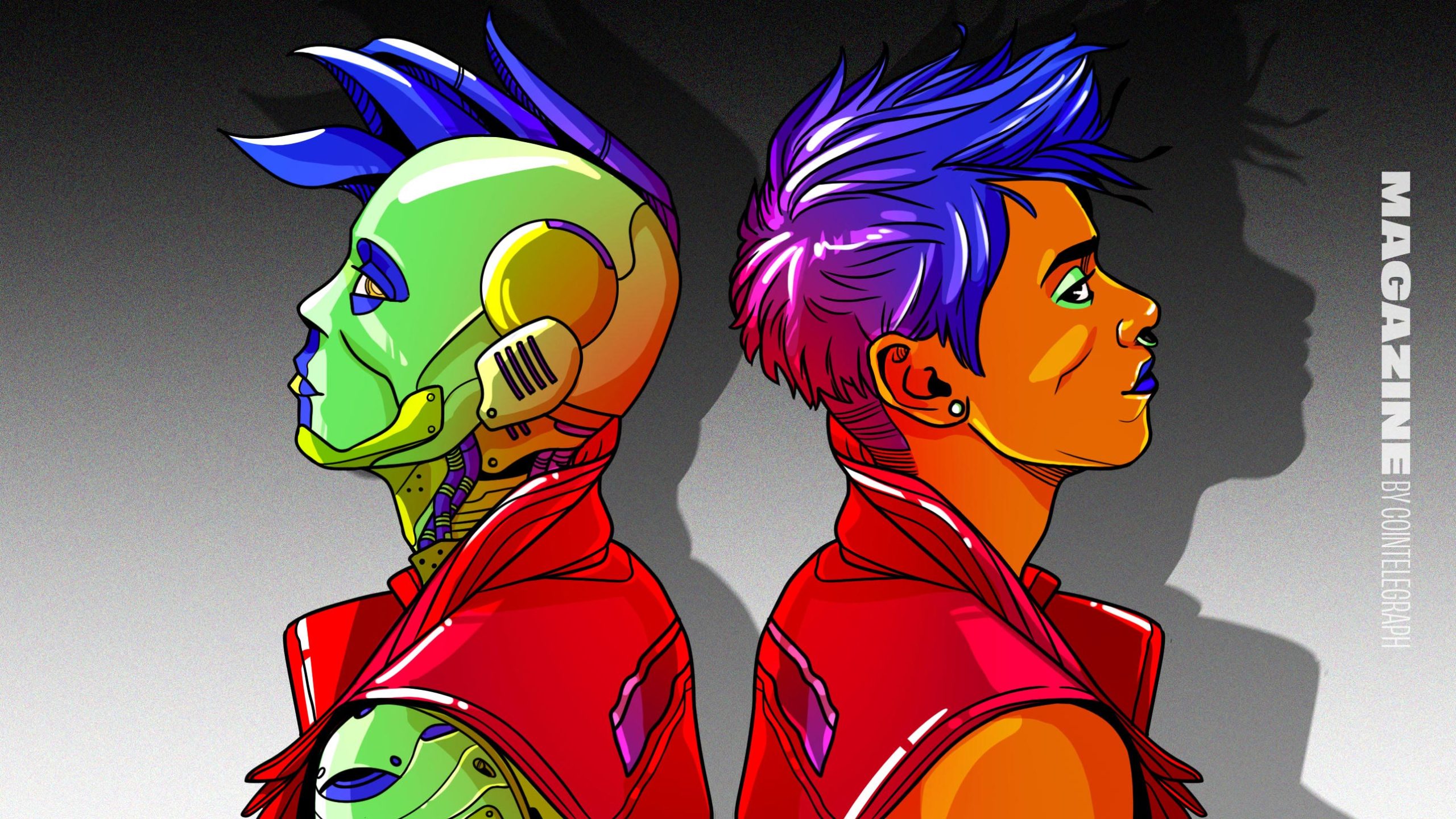
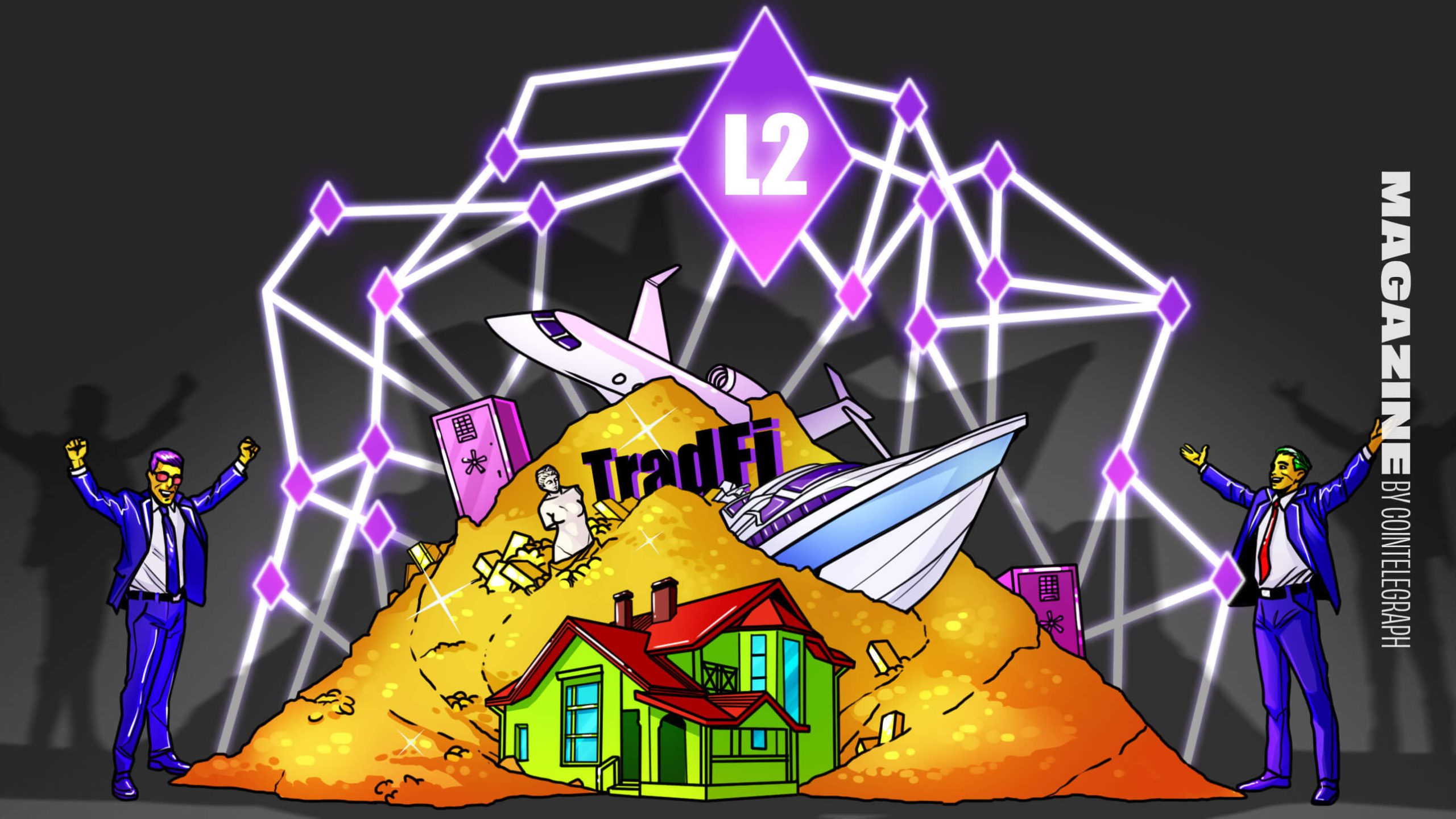
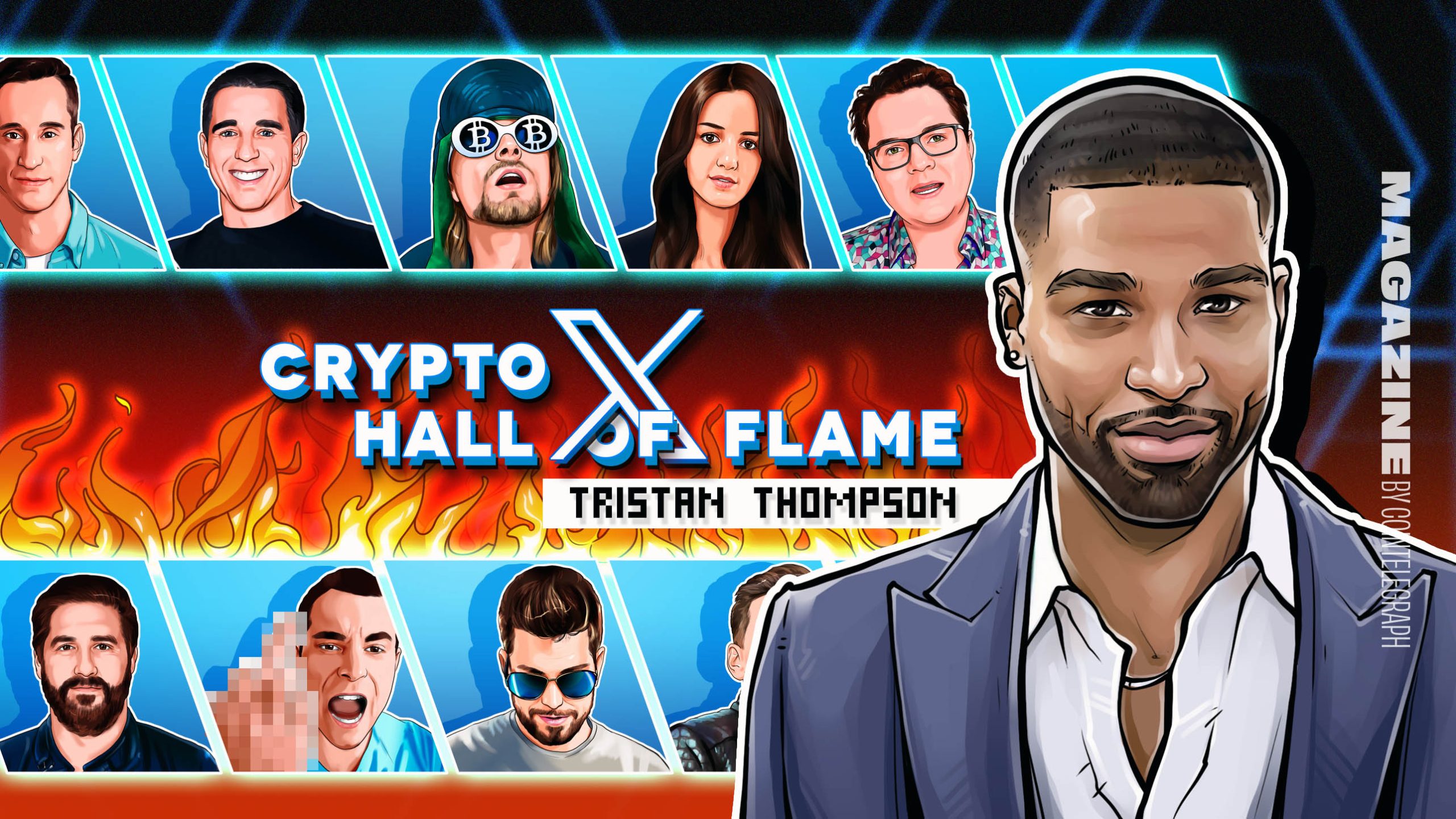
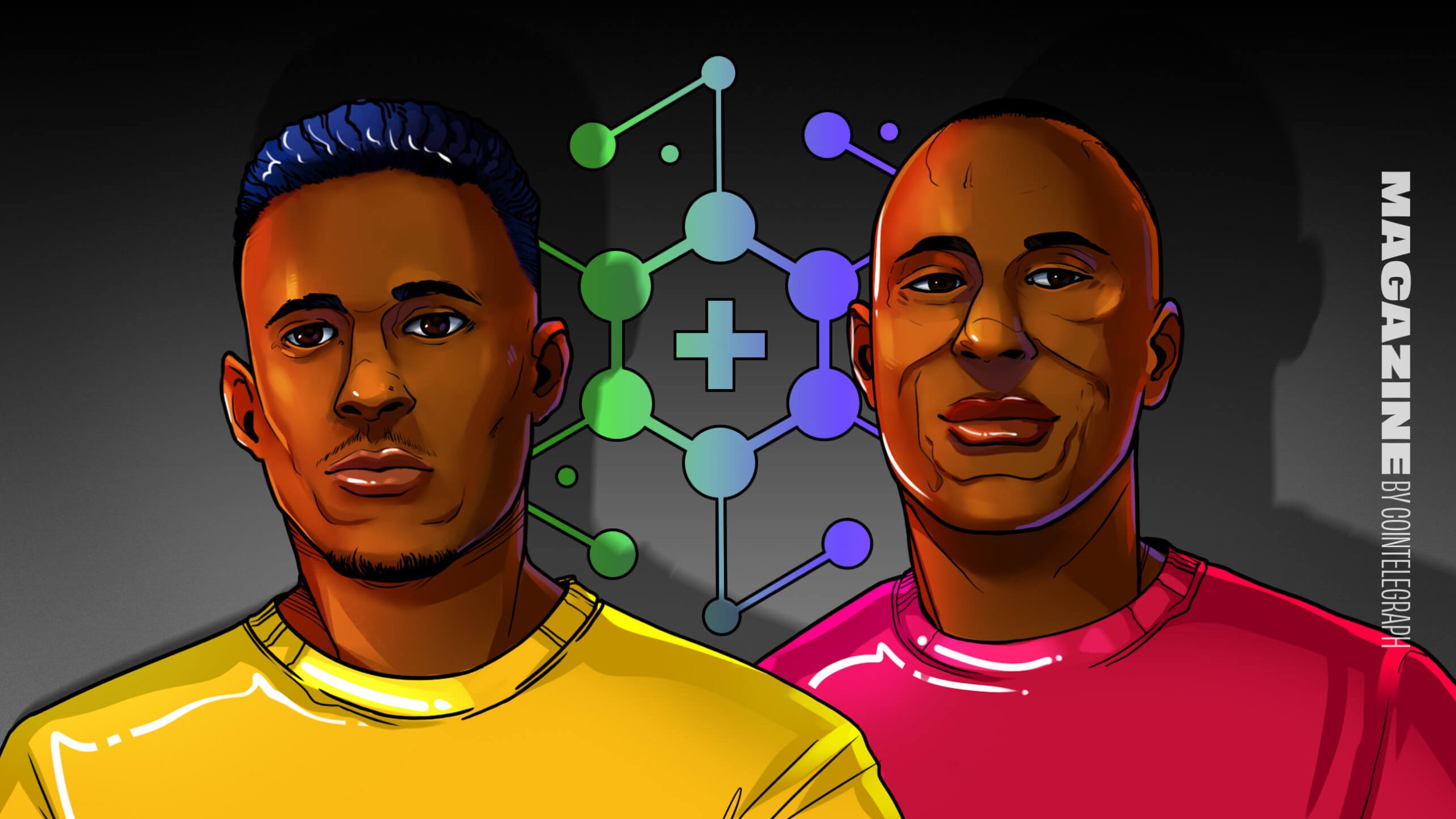
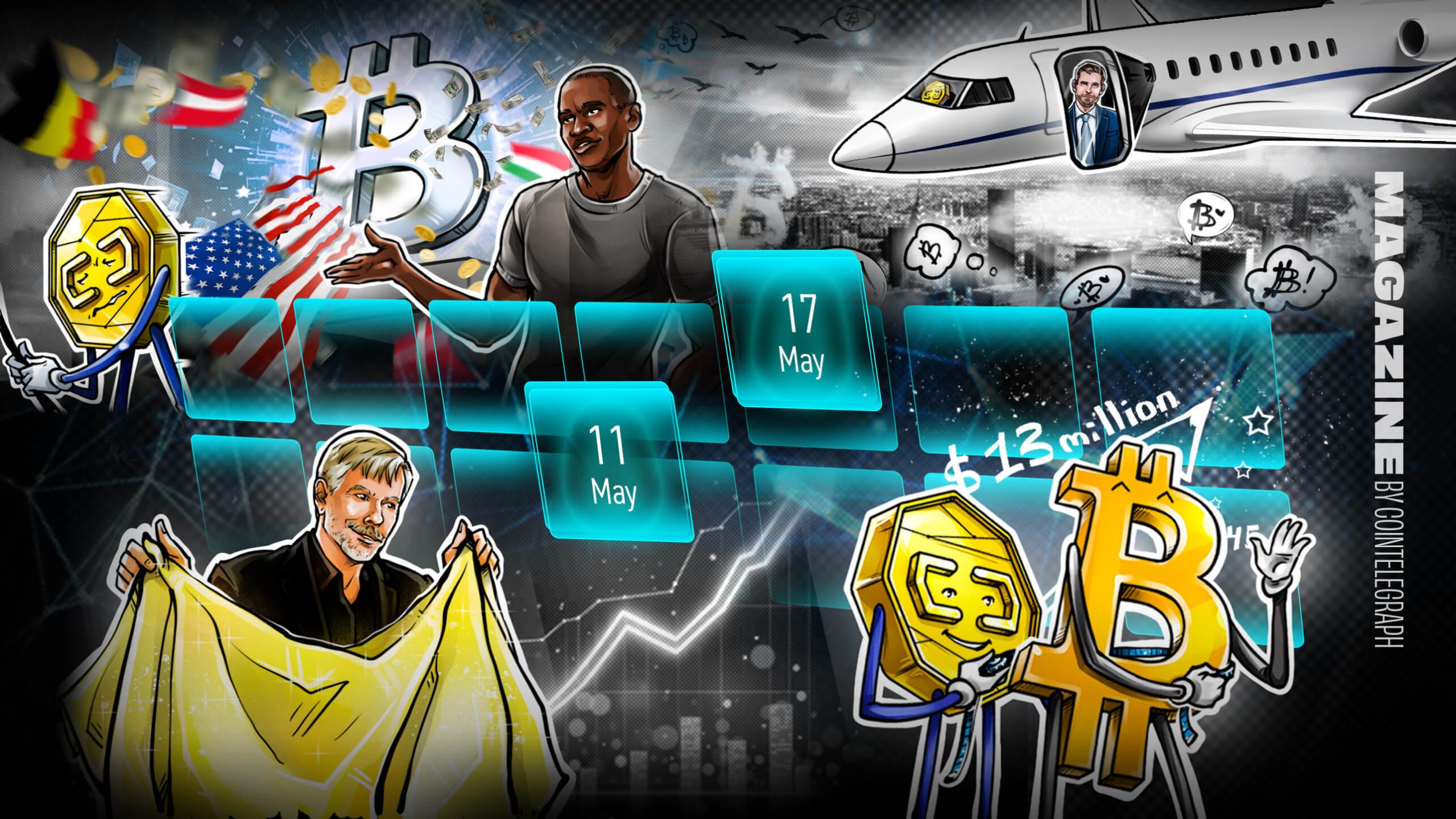








Comments